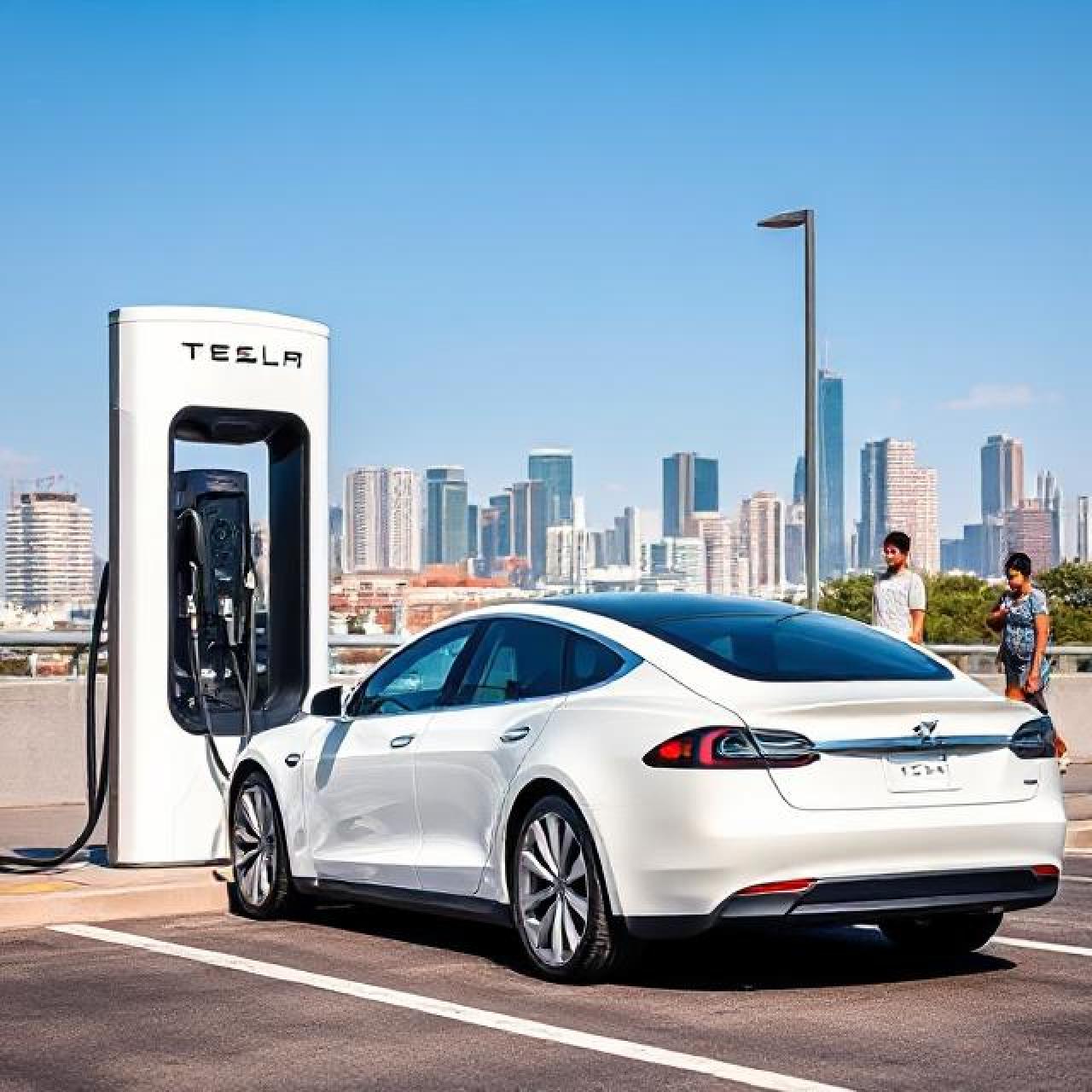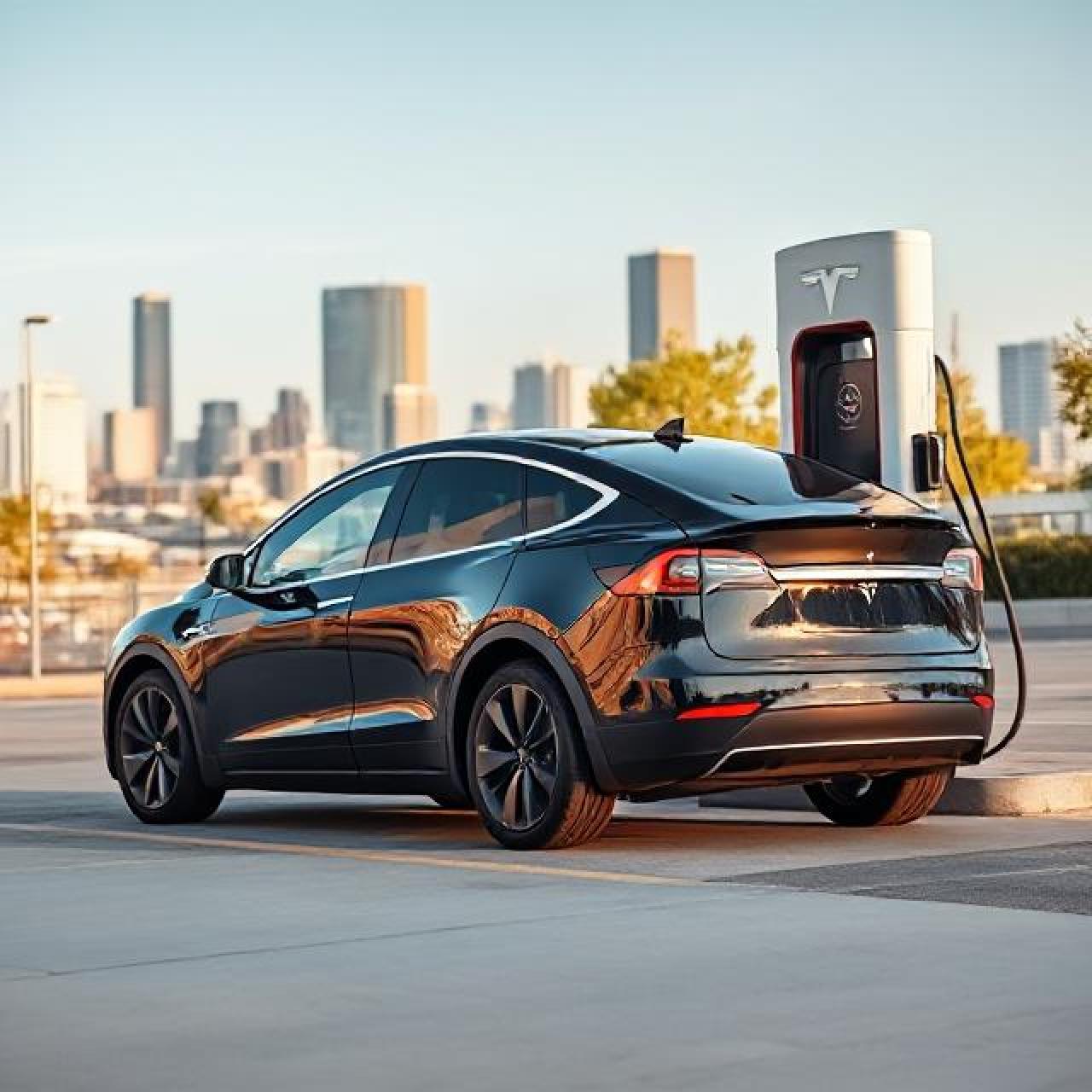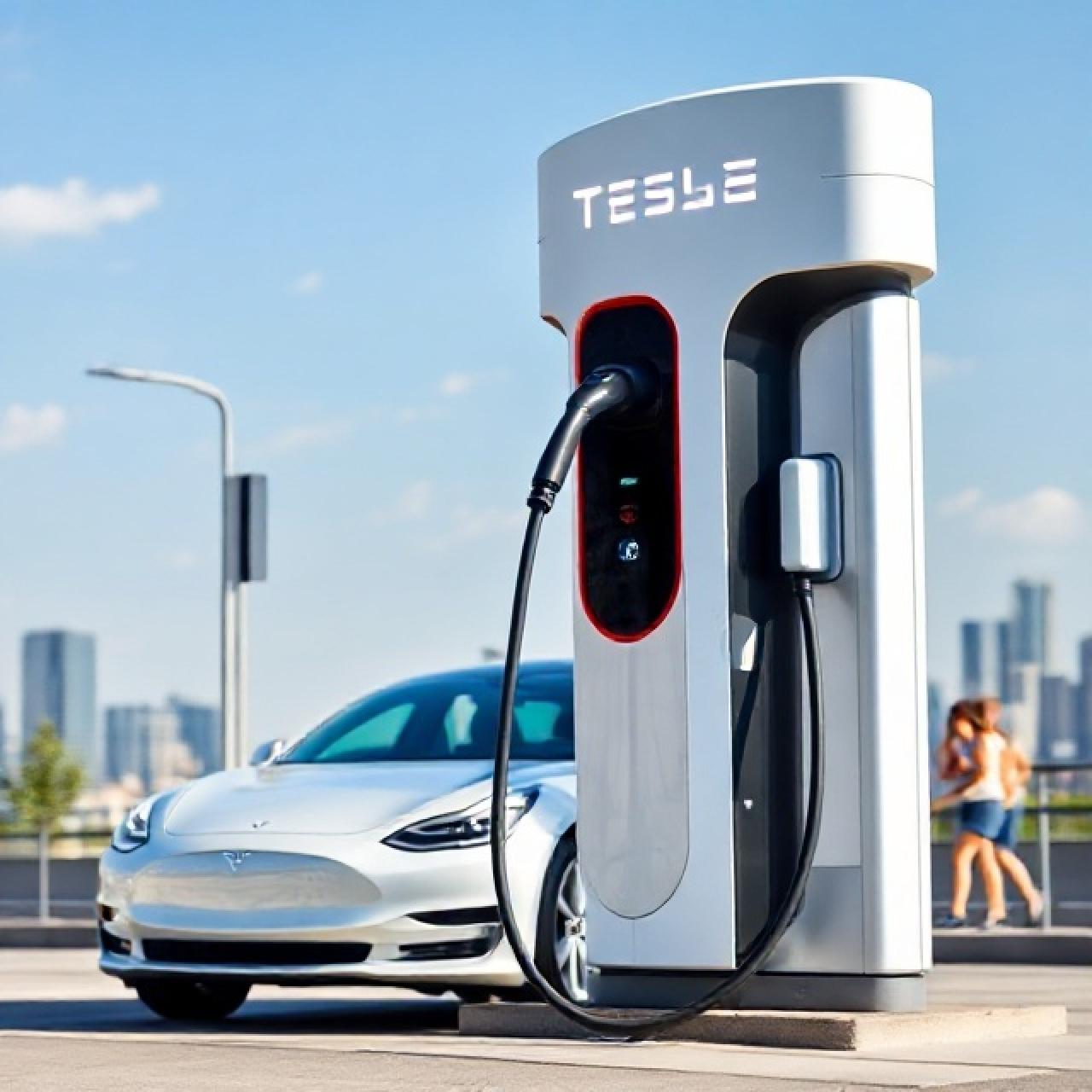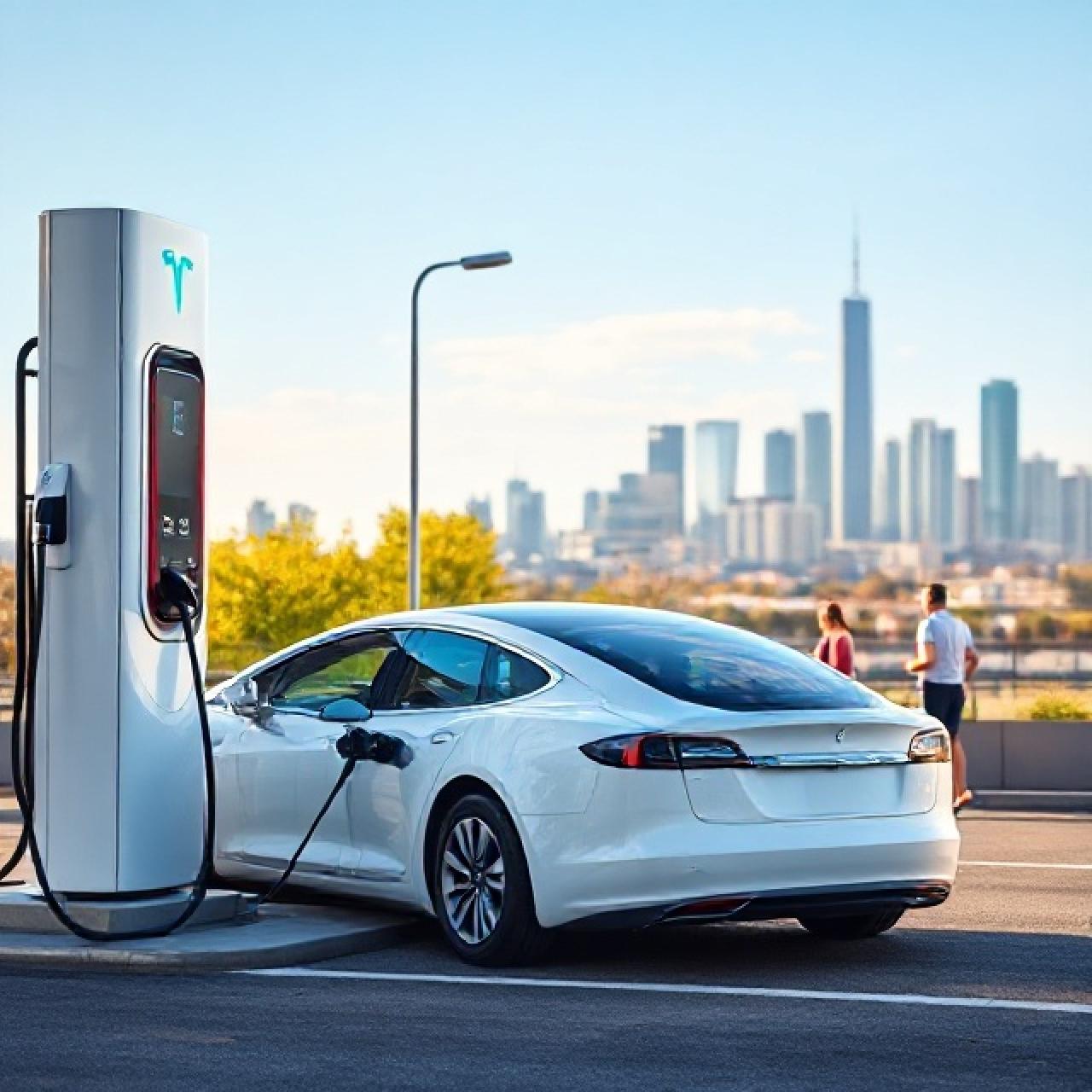Electric Cars Save Billions in Hospitals: How EVs Improve Air Quality and Our Wallets
- 11 Sep 2025
- 87
- Electric Vehicles , EV Sales Ireland
Electric Cars Save Billions in Hospitals: How EVs Improve Air Quality and Our Wallets
Toronto, September 11, 2025
A groundbreaking study conducted by the University of Toronto highlights the significant economic and health benefits of transitioning to electric vehicles (EVs). By the year 2050, a complete shift to EVs across the United States, combined with the elimination of coal-fired power plants, could lead to billions of dollars in savings and result in substantial improvements in urban air quality, ultimately creating healthier cities and healthier lives.
Economic Savings from Transitioning to EVs
The research estimates that an aggressive move toward a fully electric vehicle fleet, paired with cleaner energy sources, could save between eighty-four billion and one hundred eighty-eight billion dollars annually. These impressive savings would be driven by lower fuel costs, as electricity proves cheaper than gasoline, and by reduced maintenance expenses, since EVs have fewer moving parts than traditional vehicles. Additionally, healthcare costs associated with pollution-related illnesses would decrease significantly, further boosting economic benefits.
Reducing pollution-related health issues would lead to fewer hospital visits and less medical treatment, easing the burden on healthcare systems. Moreover, healthier populations tend to be more productive, which in turn could foster economic growth. Funds currently allocated to treat pollution-induced illnesses could instead be redirected to other vital sectors, promoting overall societal well-being.
Improvements in Urban Air Quality
The transition to electric vehicles could dramatically improve air quality in major cities such as Los Angeles and Chicago, with some models projecting reductions in air pollution levels of up to seventy percent. This would directly benefit residents by lowering their exposure to harmful pollutants like nitrogen oxides and particulate matter. Cleaner air would result in tangible health benefits, including an estimated thirty-eight thousand fewer cases of asthma annually, around seven thousand fewer cases of respiratory cancer each year, and approximately two hundred thousand fewer hospital admissions related to pollution. These health improvements would significantly enhance residents’ quality of life and lessen the strain on healthcare resources.
Advancements in EV Technology and Infrastructure
Recent technological advancements have made EVs more practical and convenient than ever before. Electric trucks equipped with artificial intelligence and solid-state batteries now offer ranges exceeding eight hundred kilometers on a single charge. Charging times have also been reduced dramatically, with some vehicles capable of being fully recharged in as little as twelve minutes—comparable to refueling a traditional gasoline-powered car. Wireless charging technology is currently being tested in Germany, promising to further simplify the charging process by allowing vehicles to recharge without physically plugging in. This innovation has the potential to encourage broader adoption of EVs, making electric driving more accessible and convenient for everyone.
Health Benefits of Reduced Pollution
Scientific research published in the journal Nature underscores the direct link between cleaner air and longer, healthier lives. It indicates that removing just one ton of nitrogen oxides from the atmosphere can increase human life expectancy by approximately three years. Cities like San Francisco are already leveraging this knowledge by installing sensors capable of measuring real-time PM2.5 pollution levels, data which is transmitted to hospitals. During episodes of high pollution, hospitals can use this information to relocate patients with respiratory issues, demonstrating how EVs and related technologies can play an active role in public health strategies.
Supporting Research and Broader Implications
Studies from the Harvard School of Public Health affirm that widespread adoption of electric vehicles could reduce urban air pollution by up to eighty percent, leading to a significant decline in pollution-related illnesses and death rates. The cost of EV batteries continues to decrease rapidly, making electric vehicles more accessible to consumers. For instance, a Tesla Model 3 equipped with fast-charging capabilities can now be fully recharged in about fifteen minutes, offering a level of convenience comparable to traditional gasoline refueling.
Conclusion
Electric vehicles are more than just a tool for reducing carbon emissions; they are a vital component of building healthier, more sustainable communities. Transitioning to EVs promises cleaner air, fewer hospital visits, and billions of dollars in annual savings. As technological innovations like wireless charging and battery improvements continue to develop, EVs will become even more accessible and convenient for everyday use. Envision a future where hospital bills are minimized because our environment is healthier and our lungs are clearer. Embracing the shift to electric vehicles is not only an environmental imperative but also a public health revolution—one that benefits everyone and paves the way for a sustainable, healthier future.




